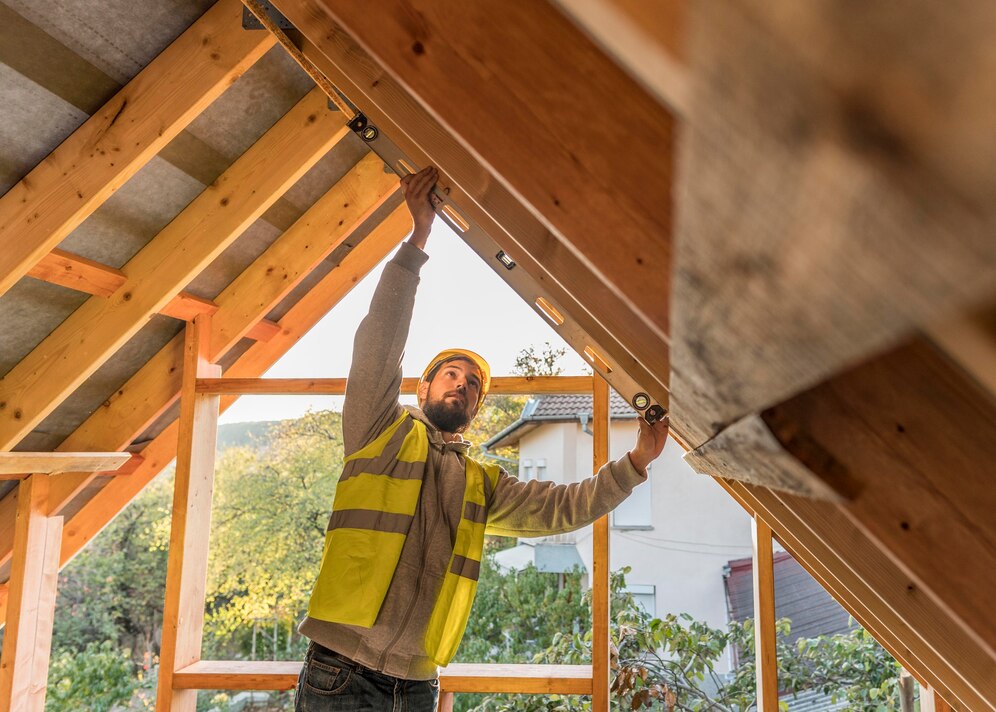Proper attic ventilation is a critical yet often overlooked component of maintaining a healthy and efficient roofing system. A well-ventilated attic can provide numerous benefits for your residential or commercial property by promoting air circulation, reducing excess heat and moisture, and ultimately extending the lifespan of your roofing materials. Full House Roofing, an experienced team of residential and commercial roofing professionals serving Kingston and surrounding areas since 2010, is dedicated to helping property owners understand the importance of adequate attic ventilation and implementing best practices to ensure optimal performance and longevity.
In this comprehensive guide, we will explore the key benefits of proper attic ventilation, including improved energy efficiency, enhanced indoor air quality, and extended roofing system lifespan. We will also discuss expert tips on determining your property’s ventilation needs, as well as the most effective approaches for implementing attic ventilation systems. By understanding the importance of proper attic ventilation, homeowners and commercial property owners alike can make informed decisions that support a healthier and more efficient living or working environment.
1. Key Benefits of Proper Attic Ventilation
Adequate attic ventilation is essential for numerous reasons, including improved energy efficiency, enhanced indoor air quality, and extended roofing system lifespan. Let’s explore each of these benefits in greater detail:
- Improved Energy Efficiency: Proper ventilation aids in regulating attic temperatures by reducing excessive heat, particularly during the summer months. This can help to maintain a more consistent indoor temperature, effectively reducing the strain on your HVAC system and lowering energy consumption.
- Enhanced Indoor Air Quality: Attic ventilation can also contribute to better indoor air quality by preventing the buildup of moisture, which can lead to mould, mildew, and other air contaminants that pose health risks to occupants.
- Extended Roofing System Lifespan: By promoting air circulation and reducing heat and moisture buildup, a well-ventilated attic can extend the life of your roofing materials. This helps to prevent premature wear and tear, safeguarding your investment and reducing the likelihood of costly repairs or replacements.
2. Assessing Your Property’s Ventilation Needs
To optimize your property’s attic ventilation, it is crucial to accurately determine its ventilation requirements. Consider the following factors when assessing your needs:
- Roof Size and Design: Larger roofs or more complex roof designs may require additional ventilation to ensure adequate air circulation throughout the attic space.
- Climate and Regional Conditions: Properties located in regions with extreme temperatures, high humidity, or heavy snowfall may necessitate a more robust ventilation system to maintain optimal attic conditions.
- Existing Insulation and Ventilation: Evaluate your current attic insulation and ventilation to identify potential areas of improvement, such as upgrading insulation materials or increasing the number of vents for better air circulation.
3. Types of Attic Ventilation Systems
There are several different types of attic ventilation systems available to fit various property needs and design preferences. Let’s take a look at some of the most common options:
- Soffit Vents: Installed along the eaves of your roof, soffit vents help to draw in fresh air and expel warm, moist air through higher exhaust vents, providing balanced air circulation.
- Ridge Vents: Positioned along the roof’s ridge, these vents facilitate the release of warm, moist air while maintaining a low-profile appearance that blends seamlessly with your roof’s design.
- Gable Vents: Mounted on the exterior walls of your attic near the roof’s peak, gable vents allow hot air to escape, effectively improving attic air circulation and ventilation.
4. Tips for Optimizing Attic Ventilation
To enhance your attic’s ventilation and fully reap its benefits, consider the following expert tips to optimize your property’s system:
- Ensure a Balanced System: A balanced ventilation system, combining both intake and exhaust vents, helps to promote proper air circulation within your attic and prevent hotspots or moisture buildup.
- Seal Air Leaks: Identify and seal any air leaks in your attic, which can reduce the efficiency of your ventilation system and result in increased energy consumption.
- Keep Vents Clear: Regularly inspect and clean your attic vents to ensure they remain free of debris, allowing for unobstructed airflow and optimal ventilation performance.
- Work with an Experienced Roofing Contractor: To achieve the best results for your attic ventilation, collaborate with a professional roofing contractor who can assess your needs and recommend tailored solutions to optimize your property’s system.
Invest in Proper Attic Ventilation for Lasting Benefits
Property owners can significantly improve energy efficiency, enhance indoor air quality, and extend the lifespan of their roofing systems by focusing on proper attic ventilation. Collaborate with our experienced roofing contractors to assess your ventilation needs and implement effective strategies tailored to your property’s specific requirements.
For expert guidance and professional roofing services, trust Full House Roofing to help you optimize your property’s attic ventilation system. Our team of roofing contractors in Kingston is dedicated to providing exceptional service and tailored solutions designed to meet your unique needs. Contact us today to discuss your attic ventilation requirements and develop a customized plan to enhance your property’s efficiency and comfort.

